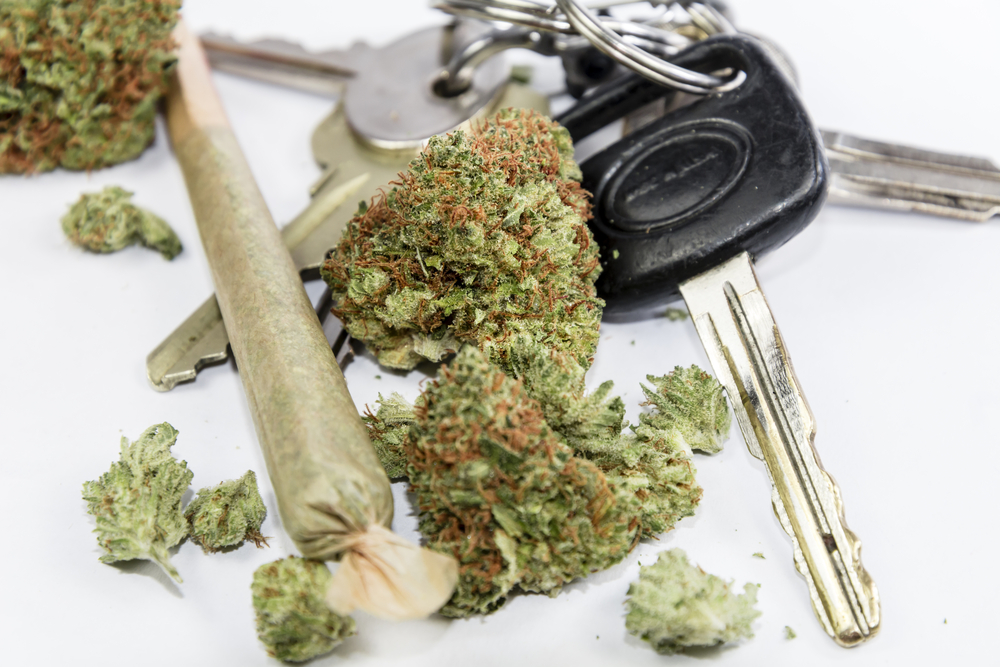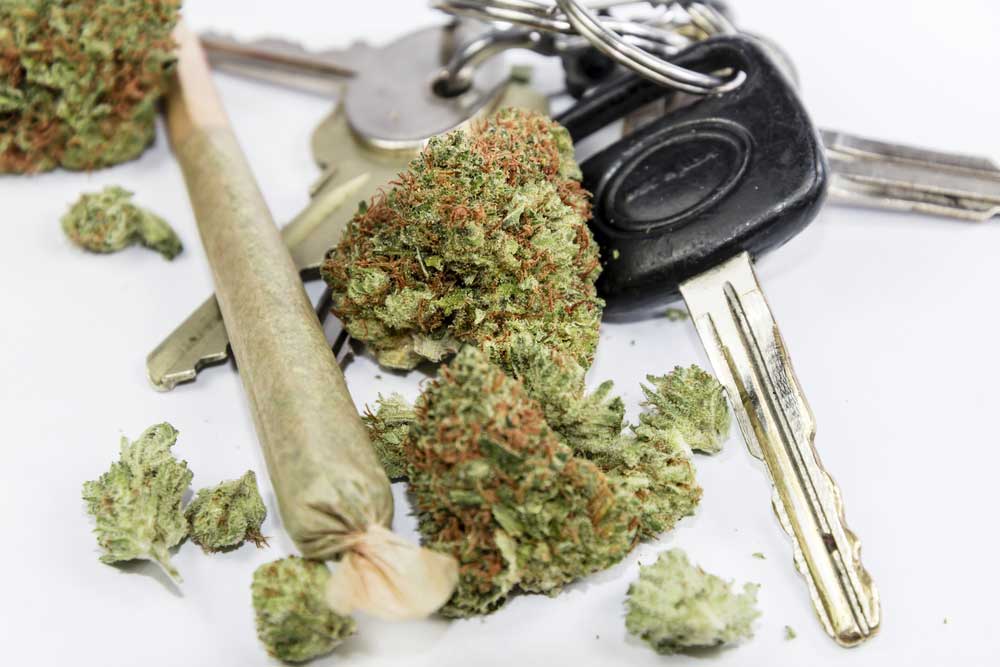- News
- Driving Under the Influence of Marijuana: How Much is Too Much?
Driving Under the Influence of Marijuana: How Much is Too Much?


Now that marijuana is legal in Michigan, its impact on driving and driver safety has become an issue. More to the point, the ability to determine sobriety is in question. Here is some information that may be helpful for you to better understand how Michigan is responding.
In Michigan, marijuana is still considered a Schedule 1 controlled substance, meaning Michigan’s Operating While Intoxicated (OWI) statute still applies to a marijuana user, just like it would to a person under the influence of alcohol, pills, etc.
Both the medical and recreational marijuana legislation contain specific provisions prohibiting drivers from driving under the influence of THC. With alcohol, it’s easy to determine when a driver is too drunk to drive. But what about driving while being too high on marijuana? We all know the number .08 for a breathalyzer, but who knows how much THC you can have in your system before you become legally “impaired?”
The Commission and its Findings:
Ex-Governor Snyder assembled a commission to try to answer this very question, with the results recently published in the Report from the Impaired Safety Commission (March 2019).
The Commission was charged to “research and recommend a scientifically supported threshold of THC bodily content to provide evidence for per se impaired driving in the state of Michigan.” In other words, how much THC can a person have in their system before it impairs their ability to drive?
The Commission first began by looking at other states and the thresholds they follow. Montana, for example, enacted a threshold of 5 ng/ml of THC in the body to find the driver per se under the influence. Ohio is much lower, with only 2 ng/ml. Several other states have similar thresholds within these ranges.
After consulting with experts and reading numerous scientific studies, some interesting facts were noted.
First, studies show that it cannot really be pinned down how long marijuana users are affected by the THC after consumption. The studies found that most of the effects of marijuana usage (not all) return to baseline levels within 3-6 hours of using. However, chronic cannabis users were shown to have longer lasting effects. In addition, all the studies showed that “regular users of cannabis respond differently to the same dose of THC than occasional or infrequent users” due to tolerance levels.
The Commission did find it to be “clear” that THC posed less of a crash risk than crashes involving alcohol use. However, it was undeniable that numerous studies have established that THC affects a driver’s “reaction time, tracking ability, and target detection, cognitive skills like judgment, anticipation and divided attention, and executive functions like route planning and risk taking.”
Another interesting finding was the lack of studies for motor vehicle accidents resulting solely from marijuana usage. The lack of statistics was due to the high rate of crashes where the drivers were consuming marijuana in conjunction with alcohol and other drugs.
The Commission also addressed the popular opinion that pot smokers are more alert when driving while high. This phenomenon was chalked up to mere “overcompensation” while driving. Meaning, the physical effects (impairments) of the THC are still present, but the driver is overreacting to the effects out of fear of being pulled over.
Current Tests for High Drivers:
Presently, there are only three field sobriety tests (that you routinely see in alcohol cases) that are admissible in court for those suspected of driving under the influence of THC. They are: (1) horizontal gaze nystagmus (i.e., follow my finger so the officer can see if your eyes are jerking), (2) the walk-and-turn test (i.e., walk the straight line, turn and come back), and (3) the one-leg stand (i.e., balance on one leg and count).
For alcohol, when officers made arrests based on these tests, 90% of the blood tests supported the officers’ decision.
But not for marijuana. The standard field tests aren’t nearly as accurate—with maybe 50-60% accuracy with mixed results.
Conclusions:
Based on all the above, the Commission concluded that:
“[T]here is no scientifically supported threshold of THC bodily content that would be indicative of impaired driving due to the fact that there is a poor correlation between driving impairment and the blood (plasma) levels of THC at the time of blood collection.”
Instead, additional roadside sobriety tests were recommended to be the standard for THC impairment. The Commission goes on to point out that many Michigan officers lack the proper training to determine marijuana impairment via roadside testing. In fact, only 20% of licensed officers in Michigan have the advanced training to be better able to determine drug impairment.
Hopefully, these recommendations are ultimately followed by the State of Michigan, preventing improper arrests and keeping truly impaired drivers off Michigan roadways.
If you have ever been injured by someone who was under the influence of THC, alcohol, etc., contact the Mike Morse Law Firm today. Not only are our attorneys highly trained and experienced in investigating motor vehicle accidents, but we also thoroughly investigate the responding officer(s) investigation into the at-fault driver. Issues like the above can sometimes make or break a case, directly affecting the compensation you deserve!

Content checked by Mike Morse, personal injury attorney with Mike Morse Injury Law Firm. Mike Morse is the founder of Mike Morse Law Firm, the largest personal injury law firm in Michigan. Since being founded in 1995, Mike Morse Law Firm has grown to over 200 employees, served 40,000 clients, and collected more than $1.5 billion for victims of auto, truck and motorcycle accidents. The main office is in Southfield, MI but you can also find us in Detroit, Sterling Heights and many other locations.








